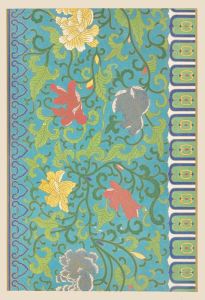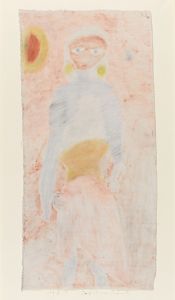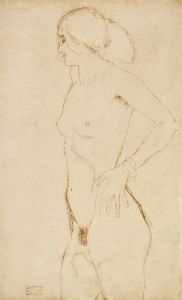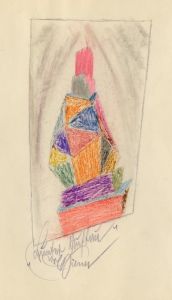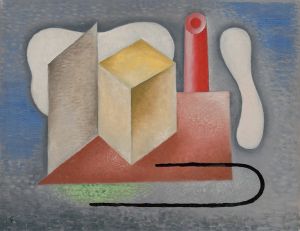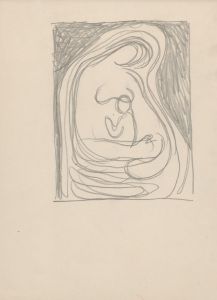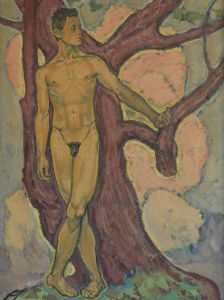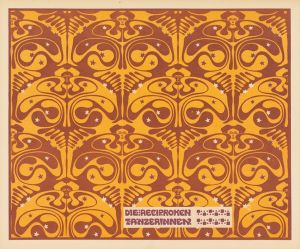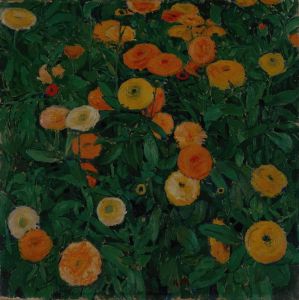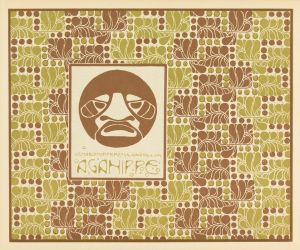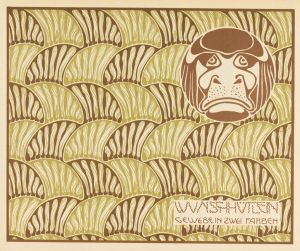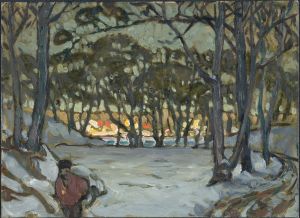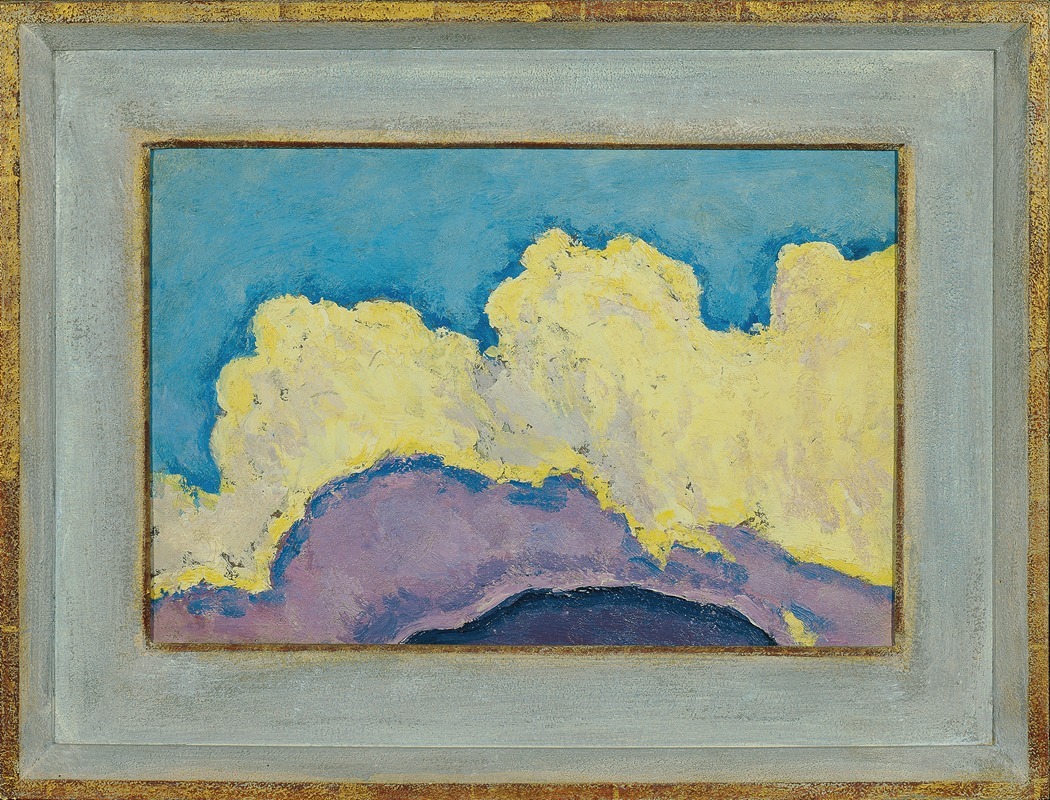
Wolkenstudie
A hand-painted replica of Koloman Moser’s masterpiece Wolkenstudie, meticulously crafted by professional artists to capture the true essence of the original. Each piece is created with museum-quality canvas and rare mineral pigments, carefully painted by experienced artists with delicate brushstrokes and rich, layered colors to perfectly recreate the texture of the original artwork. Unlike machine-printed reproductions, this hand-painted version brings the painting to life, infused with the artist’s emotions and skill in every stroke. Whether for personal collection or home decoration, it instantly elevates the artistic atmosphere of any space.
Koloman Moser, an influential Austrian artist and designer, created the painting "Wolkenstudie" (Cloud Study). Moser was a key figure in the Vienna Secession movement, which sought to break away from traditional academic art and promote modernist ideas. Born on March 30, 1868, in Vienna, Moser's work spanned various mediums, including painting, graphic design, and applied arts, reflecting his versatility and innovative spirit.
"Wolkenstudie" is one of Moser's notable works, showcasing his skill in capturing the ephemeral beauty of clouds. The painting exemplifies his keen observation of nature and his ability to translate it into a compelling visual form. While specific details about the creation date of "Wolkenstudie" are not widely documented, it is known that Moser's artistic output was prolific during the late 19th and early 20th centuries, particularly around the time of the Vienna Secession's peak.
The Vienna Secession, founded in 1897 by a group of Austrian artists including Gustav Klimt, Josef Hoffmann, and Koloman Moser, aimed to create a new artistic language that embraced modernity and rejected the constraints of traditional academic art. Moser played a crucial role in this movement, contributing not only as a painter but also as a designer of furniture, textiles, and other decorative arts. His work often featured bold, geometric patterns and a harmonious blend of form and function, which became hallmarks of the Secessionist style.
"Wolkenstudie" reflects Moser's interest in natural forms and his ability to convey the transient and ever-changing nature of clouds. The painting likely employs a delicate palette and fine brushwork to depict the subtle variations in light and shadow that characterize cloud formations. This attention to detail and sensitivity to the nuances of nature are consistent with Moser's broader artistic approach, which often sought to find beauty in everyday subjects.
Moser's contributions to the Vienna Secession and his broader impact on the world of art and design were significant. He was instrumental in the founding of the Wiener Werkstätte (Vienna Workshop) in 1903, alongside Josef Hoffmann and Fritz Waerndorfer. The Wiener Werkstätte was a collective of artists and craftsmen dedicated to producing high-quality, handcrafted objects that combined functionality with aesthetic appeal. Moser's designs for the Wiener Werkstätte included everything from furniture and textiles to jewelry and graphic arts, further cementing his reputation as a versatile and innovative artist.
Tragically, Koloman Moser's life was cut short when he died on October 18, 1918, at the age of 50. Despite his relatively brief career, his influence on the fields of art and design remains enduring. "Wolkenstudie" stands as a testament to his ability to capture the fleeting beauty of the natural world and his commitment to pushing the boundaries of artistic expression.
In summary, "Wolkenstudie" by Koloman Moser is a significant work that exemplifies the artist's talent for depicting natural phenomena and his role in the Vienna Secession movement. Moser's legacy as a pioneer of modernist art and design continues to be celebrated and studied by art enthusiasts and scholars around the world.





